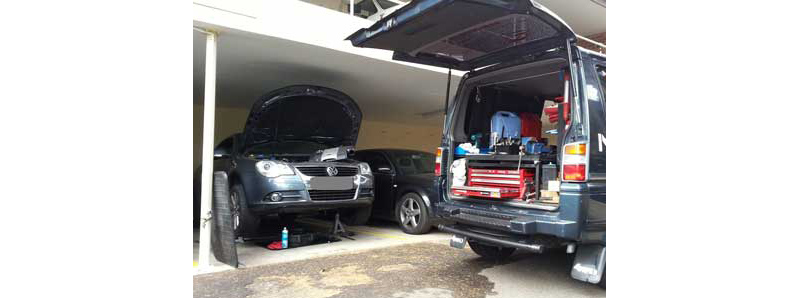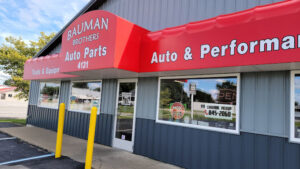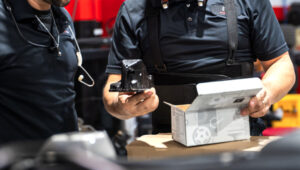Mobile repair has climbed at an annual pace more than 10 times faster than the overall DIFM light vehicle market in recent years
Fort Wayne, Ind.—While mobile repair remains a small portion of the light vehicle Do-It-For-Me (DIFM) market, it has made strong headway in expanding its DIFM footprint. The number of full- and part-time technicians conducting mobile repair has increased significantly and product sales are growing even faster, according to the Lang Aftermarket iReport.
And since most mobile repair jobs are ordered online, its growth indicates the rapid and much greater increase that o2o (online to offline) automotive repair can achieve nationwide. The following are key takeaways from the analysis.
Mobile Auto Repair
Despite its small share of the total auto repair market, mobile repair has “surged” in recent years, with strong growth even during 2020, when the overall Do-It-For-Me (DIFM) market decreased at a double-digit pace.
Growth Rate
Mobile repair topped 16% annual growth between 2016 and 2020, increasing at twice that pace in the next two years. Between 2016 and 2022, mobile repair climbed at an annual pace more than 10 times faster than the overall DIFM light vehicle market.
Three Barriers to Auto Repair Disruption
For many years, the auto repair market was thought to be protected from disruption by three factors: the need for hands-on technician diagnosis, required parts at the place of repair, and the value of a personal relationship between vehicle owners and repair outlets.
In recent years, the situation has been changed by advancing technology and the differing values of younger generations, which have significantly altered how consumers decide when and where to have their vehicles repaired.
Overcoming Disruption Barriers
The rapid growth of mobile repair has demonstrated that the barriers to auto repair disruption are no longer as formidable as once thought. Mobile repair operations conduct more than 85% of repairs in one visit to the client, and their range of repairs is expanding.
Diagnostic Needs
Mobile operations are broadening the scope of repairs they perform by having customers answer a series of questions to determine what is wrong with their vehicle. In this way, mobile repair operations are reducing the need for “hands-on” diagnostics by brick- and-mortar technicians across an expanding range of repairs.
They are addressing diagnostic issues through the use of artificial intelligence (AI) and the development of large databases of vehicle symptoms.
Needed Parts at Repair Site
Mobile repair technicians can usually bring the necessary parts to most repair locations. Even brick-and-mortar repair outlets often discover the need for additional parts once a job is underway and related issues are uncovered.
In these cases, parts are purchased from local sources. In the same way, mobile repair operators can obtain additional parts required as the repair job develops.
Changing Buying Preferences of Younger Generations
Millennials and Gen Zers increasingly prefer buying auto repair online (like their other purchases) instead of face-to-face transactions. Developing a personal relationship with repair outlets is less important to Millennials and Gen Zers than to older generations, particularly Baby Boomers.
Generation Y and Z consumers are more inclined to use mobile repair than older Americans, who prefer doing business face to face.
Implications for o2o Expansion
Mobile repair’s ability to address a growing share of the DIFM market and the increased willingness of consumers to purchase auto repairs online indicate the growth potential of o2o (online to offline) transactions in the car and light truck DIFM market.
Great Potential of o2o Auto Repair
o2o auto repair has much greater potential volume than mobile repair since o2o auto repair can be sold by platforms such as Amazon, which reaches millions of households and offers an approved network of brick-and-mortar outlets where repairs can be performed at the buyer’s convenience.
These o2o repair transactions, besides providing the site of repair, will increasingly supply automotive parts to the DIFM outlets in time for the o2o repair job to be performed. This will further disrupt the DIFM market.








Comments are closed.